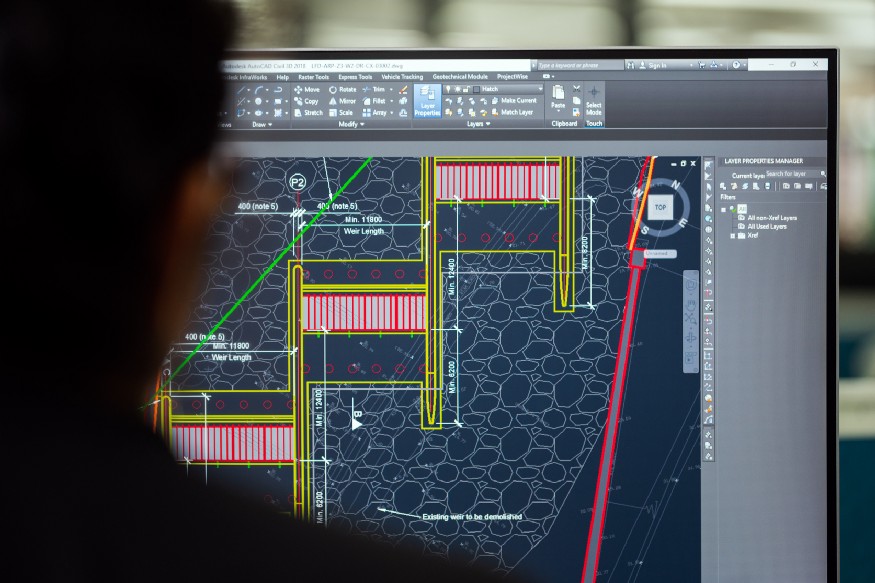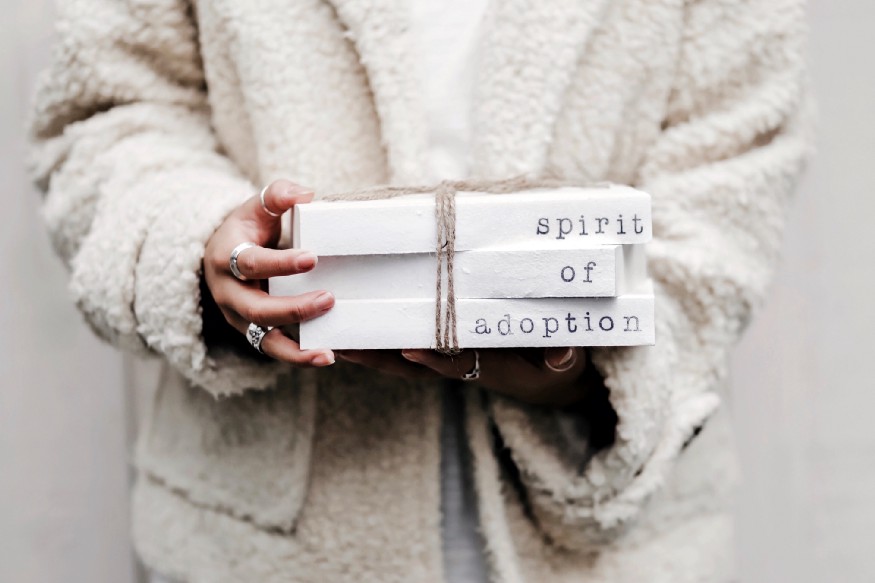In the last century, product design followed an engineering logic. Inventions were designed by engineers and then sold to the general public. Engineering logic implies that the technical aspect is what matters most. Users were asked to learn how to use the tool they are given as the engineer imagines its optimal use.
This engineering logic is still in use today, but what is more important is the user experience. This notion emerged in the ’90s and became the main issue for companies in the 2010s. All start-ups are looking for Ux designers and product design professionals.
The wishes of companies and designers are not the same. Designers would like to create products that lead to an optimal user experience. Companies still want to impose their products on users who should learn how to use them properly, but the learning experience needs to be optimized and made fluid so as not to lose potential users.
The interest in the user experience for companies is still superficial most of the time.
Other notions are being developed today and will perhaps become more important in the years to come. Among them, the issue of product acceptability is the most likely to change the way we design in the future.
Acceptability is a notion that requires studying the human-machine relationship as a whole to imagine how new products will impact users’ lives for good or bad.
Acceptability influences the user experience through three main axes: usage contexts, appropriation, and professional vs personal use.

Contexts of use
Contexts of use are all the situations in which someone will use a product or service.
This aspect is already studied by designers through user journey maps but in a relatively superficial way. We tend to minimize this aspect because we create very poor usage scenarios, focusing on a reduced window of the life of the users who would have perfect and controlled use of the applications or products we provide them.
A more global approach is needed to evaluate the acceptability of a product. People live in a connected world, with imperatives, desires, and a whole lot of applications used daily.
People live in psychological and physiological contexts that impact their moods during the day and will influence what they will or will not tolerate from a product.
Tomorrow's Challenge of UX Design
From working on apps to working on everything from cities to space.
In the case of a mobile application, there are dozens of elements to take into account.
- If the user has a bad phone, the application can be slowed down and offer a bad experience
- If the user uses a lot of applications during the day, he may refuse to sign up if he has to fill out yet another form
If the user is in a hurry, he will get annoyed if he has to log in to complete an action - A product is not used independently of others. The experience of using an application is linked to the other applications used during the day and to the rhythm of each person’s life.
If a product doesn’t fit well in the chain of actions that make up a user’s day, then it will have a hard time being adopted unless it is imposed.

Personal or professional use
The products we interact with can be used in a personal or professional context. In the case of personal use, the user has control over what he accepts or not. But in a professional context, products can be imposed by superiors.
Professional products are sometimes not as good as personal products because the objective is not to convince end users but to convince companies to buy the product for their teams.
This constraint must be taken into account to understand the chains of actions that influence user behavior. If someone is forced to use software that requires hundreds of mouse clicks in a day, they will get annoyed more quickly with a personal tool for one too many clicks.
For example, the French government made it mandatory to use Qwant as the default search engine for people working in state administration. Because they were forced to use it, a lot of people got a negative view of this search engine. Even worse, a lot of them used Qwant to reach Google for every research, making their work harder.
Professional products can be frustrating because we are used to using well-thought-out applications daily. Users are therefore less tolerant of Ux design mistakes. On the other hand, the obligation to use software with bad ergonomics all day long increases users’ expectations towards personal applications that they want to be flawless.

Adoption
Adoption is the degree to which users agree to use a product.
In the case of professional use, appropriation can be forced and therefore purely utilitarian. This is also the case for some products that people refuse to stop using for convenience, like Facebook.
When users have a good experience, they can appropriate the tool, appreciate its features, explore it to understand it more deeply. A good user experience usually leads to this result.
Adoption can then go further. The tool can become a form of social proof. iPhone users feel they belong to a group, they have their codes, and owning a particular object allows them to prove their status.
This level of adoption is targeted by luxury and faux-luxury brands that allow to establish a certain social level, to give clues about one’s personality.
More than social proof, an object can be used by users to define themselves, to express who they are as an individual.
The last level of adoption is the symbiosis, when a product ends up being so much a part of everyday life that we can’t imagine life without it.
Today this is the case for smartphones or cars. Brands can serve as social markers, personalization can serve as individual markers, but these products are above all a matter of course for users.
The symbiosis can happen with applications use through another product. Some people can’t conceive living without GPS apps, music app, or social media.
This point is often the ultimate target for companies that want people to love their products. By necessity, marketing departments imagine perfect users, which allows them to target prospects; the perfect customer has adopted the product.
The level of adoption can differ and be more or less intense. One can appreciate a product, make emotional projections on it, use it as social proof, as belonging to a group, even as self-definition.

There will come a time when acceptability experts will be as hype as Ux designers, when this time comes, Ux design will be taken into account by companies and exceptional products will be born.

